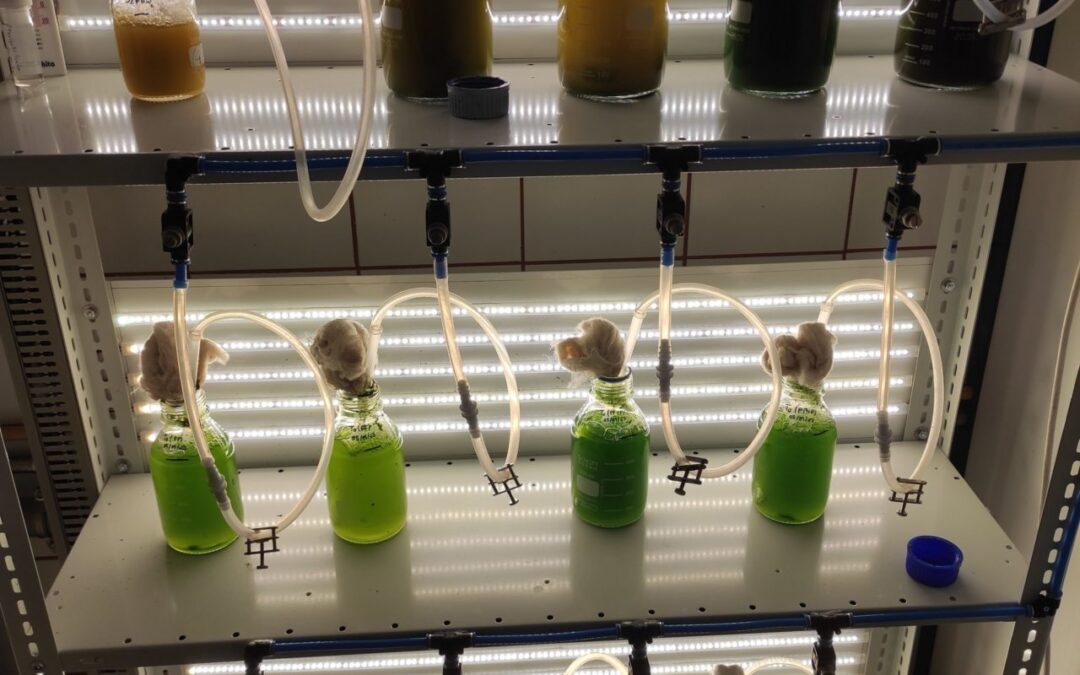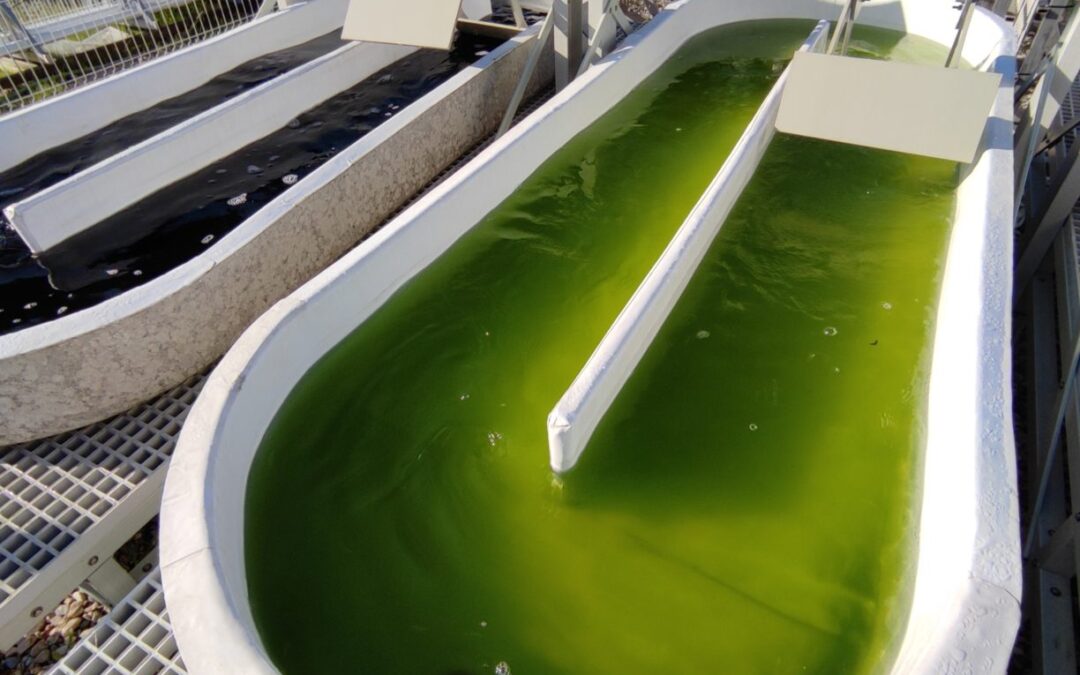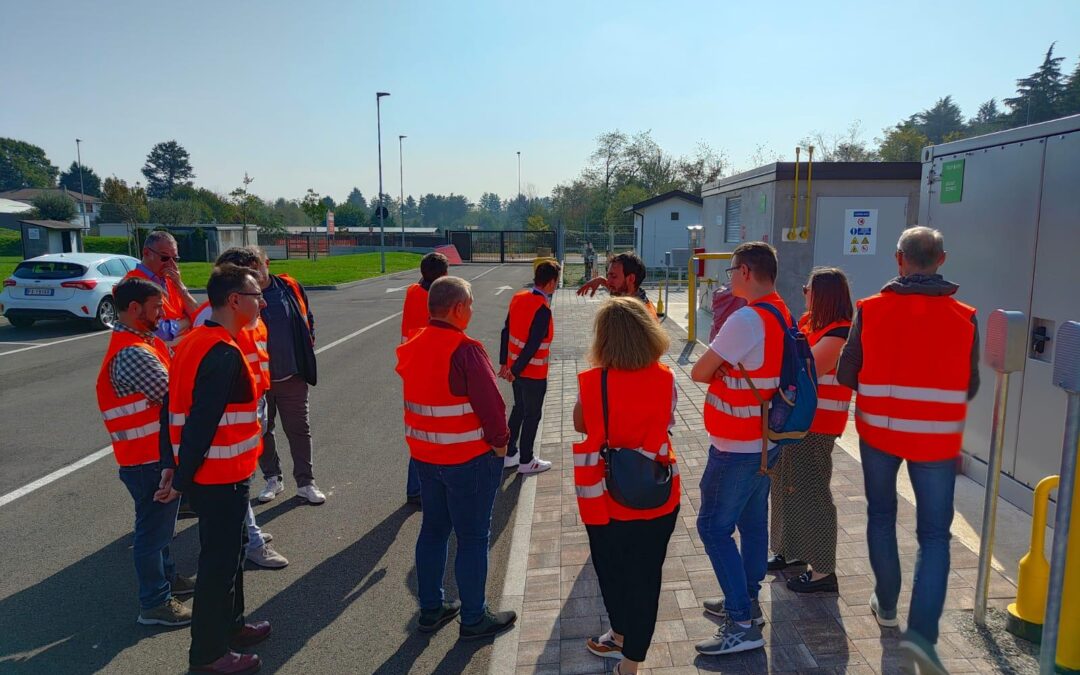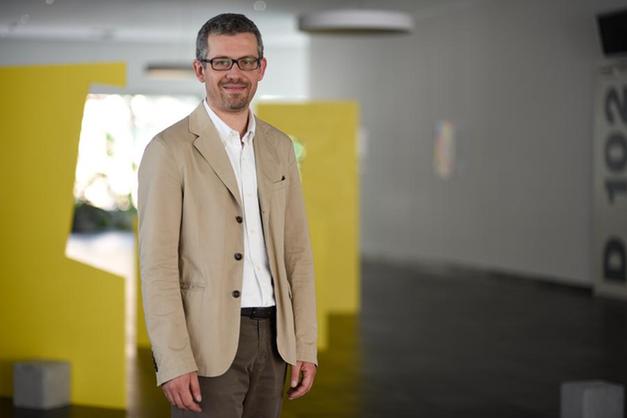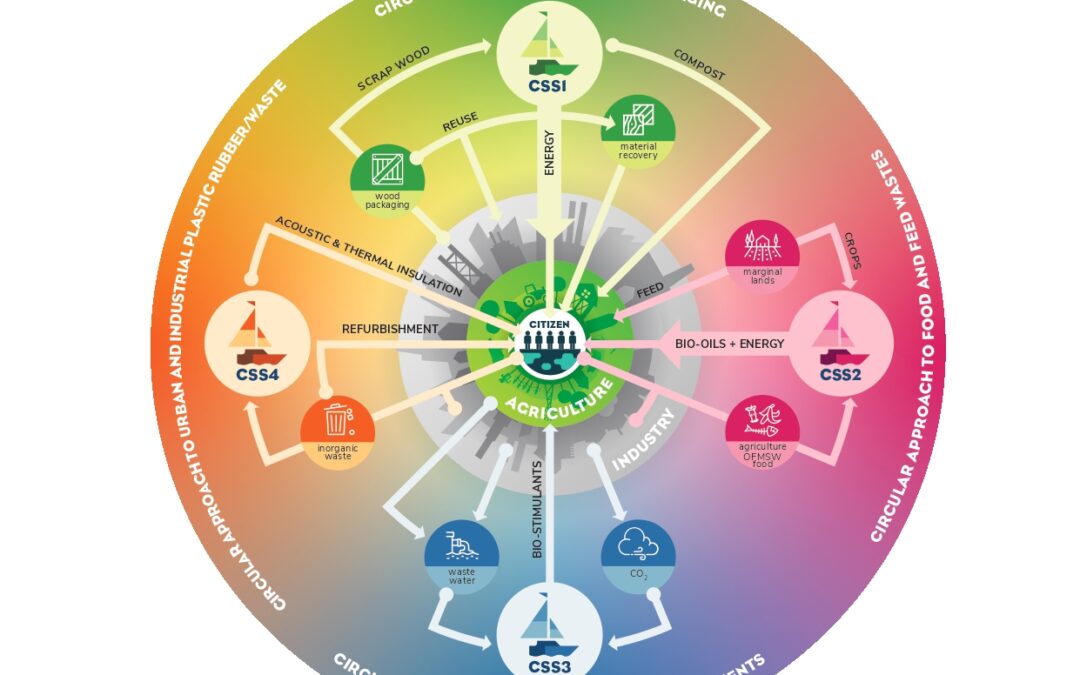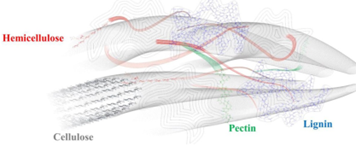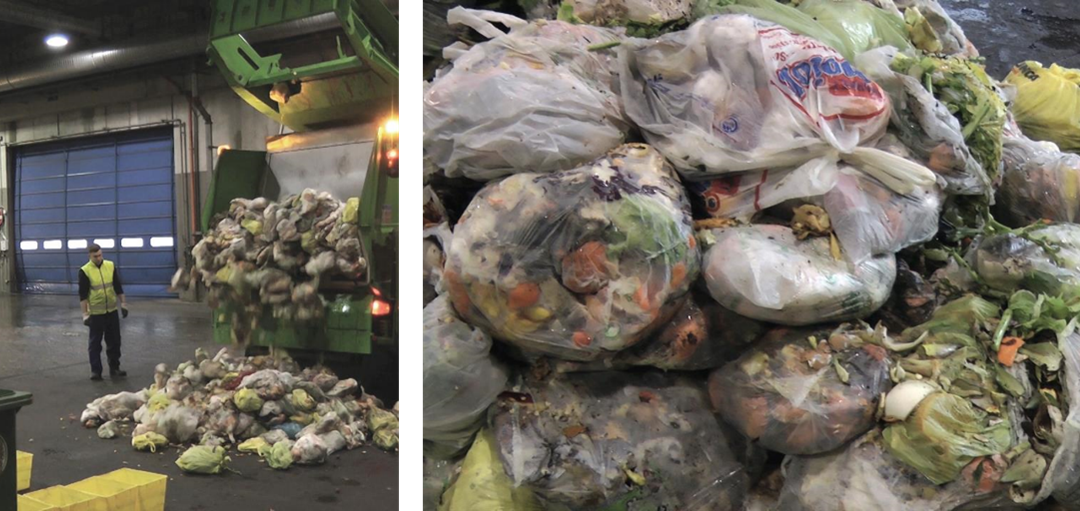Authors: Agnieszka Sitarz & Łukasz Waszak
In 2021, the average European collected 530kg of garbage (the average in Poland is slightly lower, 358kg). At the same time, selective collection accounted for about 50% of the total amount of waste. The reuse of waste as raw materials is already a necessity, the methods and ways that will be used for this purpose remain an open question.
Can 3D printing be an opportunity for the development of social and professional activity in local communities? Can plastic waste from households or companies be used for 3D printing? Is it possible to build a local social enterprise on this basis, that creates job opportunities for people at risk of social exclusion? OPUS Center together with Leda Polymer, the Parzęczew municipality and K-FLEX are looking for answers to these questions by analysing the answers to the above questions and working with the inhabitants of Parzęczew.
The activities are carried out on a pilot basis in the municipality of Parzęczew, where a model will be developed to be disseminated in other partner communes. Activities under the FRONTSH1P project are carried out on 4 levels:
- Technological Analysis – analysis of the fraction of plastic waste production or consumption in terms of the possibility of using it to create filament for 3D printers. The action is to provide an answer to the question whether and what kind of municipal waste can become a raw material. The goal is to present a ready-made model in which properly selected waste is used to produce filament and then print specific items. The challenge is to develop a technology that will guarantee the preservation of the required properties of the final products based on polymers selected from waste collection. An important aspect is the proper preparation of waste before the production of the filament, they must be free of food residues or other contaminants, as well as moisture, so that the preparation phase does not require additional energy expenditure or eliminates the need to use water. The prepared filament must meet the conditions in which it is possible to print and be properly matched to the final product. In addition, the printing process for a specific product will be adapted to the filament used by optimising the parameters tailored to the specific material.
- Social Activation – a model of engaging residents in their households to obtain the raw material indicated in the technical analysis will be developed and tested. As part of the project, a model will be created that will allow residents to understand that plastic waste is a raw material which reused can bring real benefits. In the project, we will analyse the possibilities of: e.g. separate selection of appropriate types of plastic, which can reduce municipal fees for household garbage collection or the introduction of a “local currency” thanks to which, for the indicated amount of certain plastic, it will be possible to buy various local services. Activities addressed to residents and conducted with their participation are an opportunity to present 3D printing as a technology that has practical applications, and which is an important element of the circulation of waste within the municipality and household. Residents will be able to have a real impact on the type of product obtained with the use of their waste.
- Education – as part of the project, an educational programme on the use of 3D printing will be created, addressed to various audiences (from children to seniors). The aim of the activities will be to raise knowledge and awareness about the possibilities of using 3D printing in local communities, including social and professional activation. The project will test various educational activities for residents (e.g. courses in schools, repair cafes, vocational courses), which are to familiarise them in an accessible way with the practical aspects of 3D printing, the wide range of possibilities offered by this technology and at the same time quite a simple operation of the printing devices themselves. We present the inhabitants of the pilot communes with ready models and 3D printing technologies based on a filament made of recycled materials so that in the future they can use them in an optimal way for themselves. The educational aspect is the basis for the implementation of the new 3D printing technology, we want residents to think about 3D printing as a useful tool.
- Business Aspect – the project will create a model for creating a social enterprise with the participation of the local government, and social and business partners operating in the field of plastic waste and 3D printing. The model will include market analysis in terms of the production of e.g. city furniture and orders for local governments, production of components for companies or printing of small household parts (repairing).
The effects of the project are to help prepare the local community for the use of 3D printing as a technology of the future, where each of us can become a prosumer, and what we see today as waste will become an important local resource that allows us to create a model of a circular commune. The activities implement the idea of involving the local community in the spirit of 6R.



